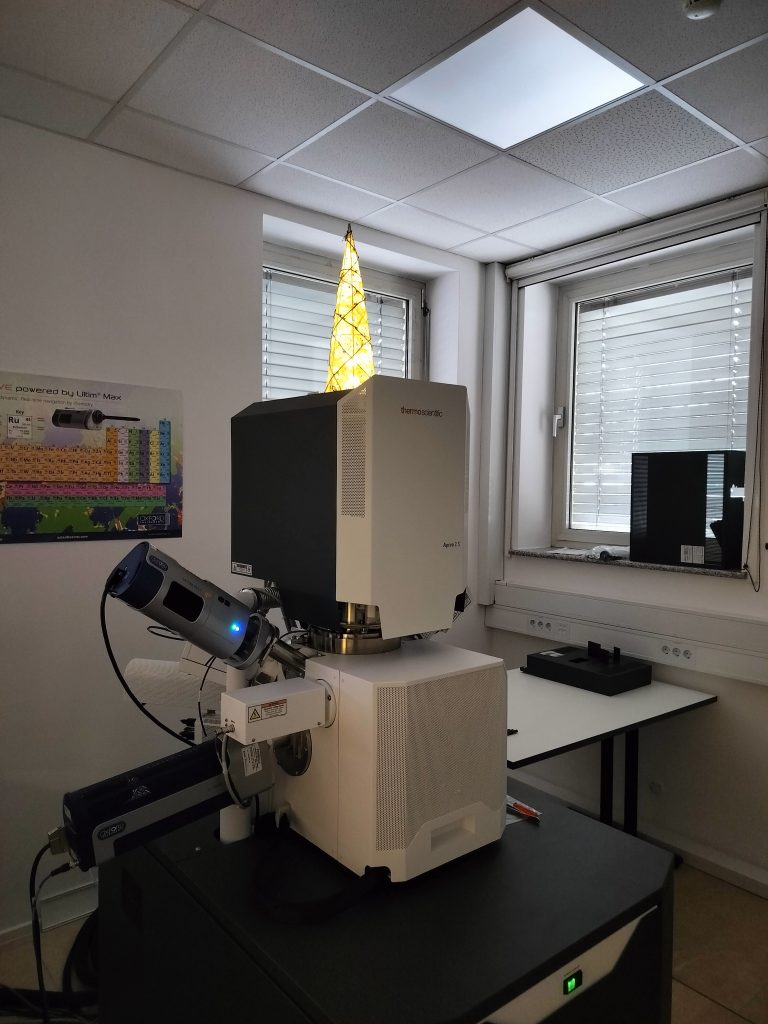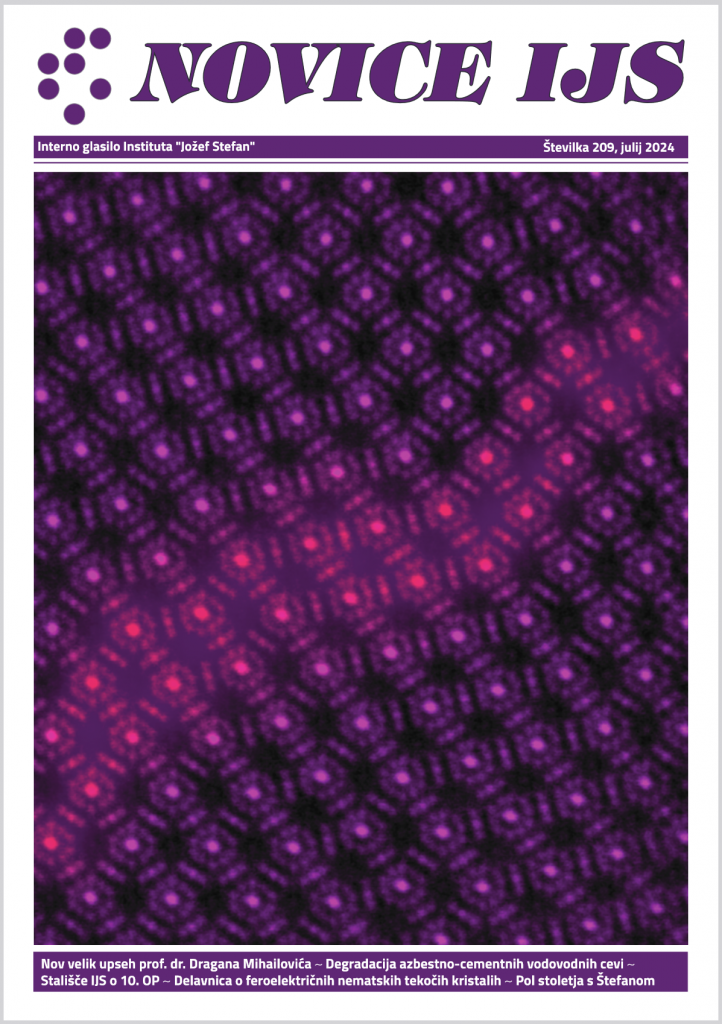From the 7th – 12th of September, 2025, the 17th Multinational Congress on Microscopy will be taking place in Portorož – more info at https://17mcm.si/
See you there!

Summer reading about science and a little around it.
Read the latest issue of IJS News.
https://ijs.si/ijsw/Novice%20IJS (pdf. file)



The main purpose of the conference is to encourage collaboration between younger and well-established Slovenian researchers and other users of microscopic techniques working in the fields of life science, material science, and industry. In addition to presenting the latest achievements in microscopy, the conference is also intended to showcase the activities of various groups using microscopic techniques at all levels of resolution.
The registration fee is 100 EUR for members of the Slovenian Society for Microscopy and 150 EUR for non-members, including participation in the symposium, abstract book, coffee breaks, and lunch on Friday. We have negotiated a special rate for accommodation with Hotel Superior on Rogla, including full board. When making a hotel reservation (reservation email: rogla@unitur.eu), please mention that you will be attending the SDM 2024 meeting.
Registrations, submission of contributions, and more information about the conference can be found on the website: https://www.mikroskopsko-drustvo.si/posvet/.
The deadline for abstract submissions is April 1, 2024, and the hotel reservation deadline is May 2, 2024.
See you at Rogla!